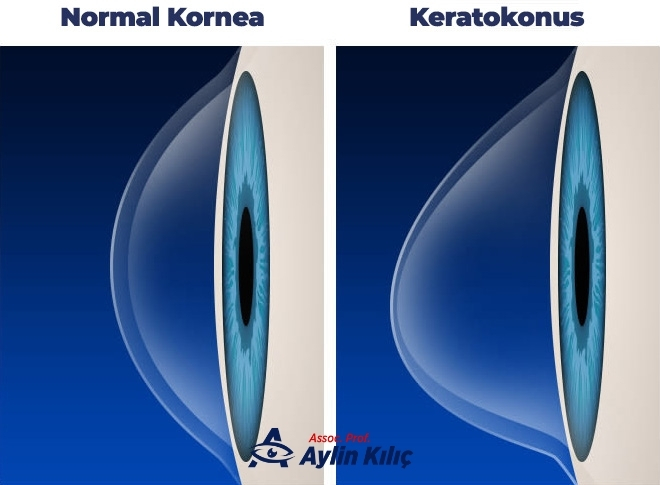Keratoconus is a disease in which the cornea, which has a very important function in vision, is affected. One of the most critical points of the disease is that it is one of the progressive diseases. In cases of non-intervention and late diagnosis, the extent of damage to the cornea can increase. There is also an important point here that confuses patients. This point is corneal transplantation. Yes, corneal transplantation is one of the methods used to treat the disease. But is this transplant necessary? Does everyone with keratoconus have to have a corneal transplant? Let’s move on to the answer to the curious question.
Is Corneal Transplant Necessary in Keratoconus?
In the early stages of keratoconus, various measures are taken to stop the progression of the disease. With measures such as the use of special contact lenses, the progression of the disease is tried to be prevented. In the later stages, with special treatments such as corneal cross-linking, the collagen structure of the cornea is strengthened, again preventing progression and strengthening the cornea. Depending on the patient’s eye, another important technique, the CAIRS technique, may also be preferred. In this technique, safe and natural human collagen is used to strengthen the cornea. Using femtosecond laser technology, the corneal allograft intrastromal ring segment is precisely placed in the cornea.

All these methods are among the methods that can be preferred in keratoconus disease. As you can understand from this, corneal transplantation is not the only solution for keratoconus. However, if the condition is very advanced and no timely intervention has been made, then the cornea may have become very thin and vision may be lost. When it comes to this stage, corneal transplantation method is preferred to restore vision and the cornea taken from a cadaver is placed instead of the patient’s own cornea.

